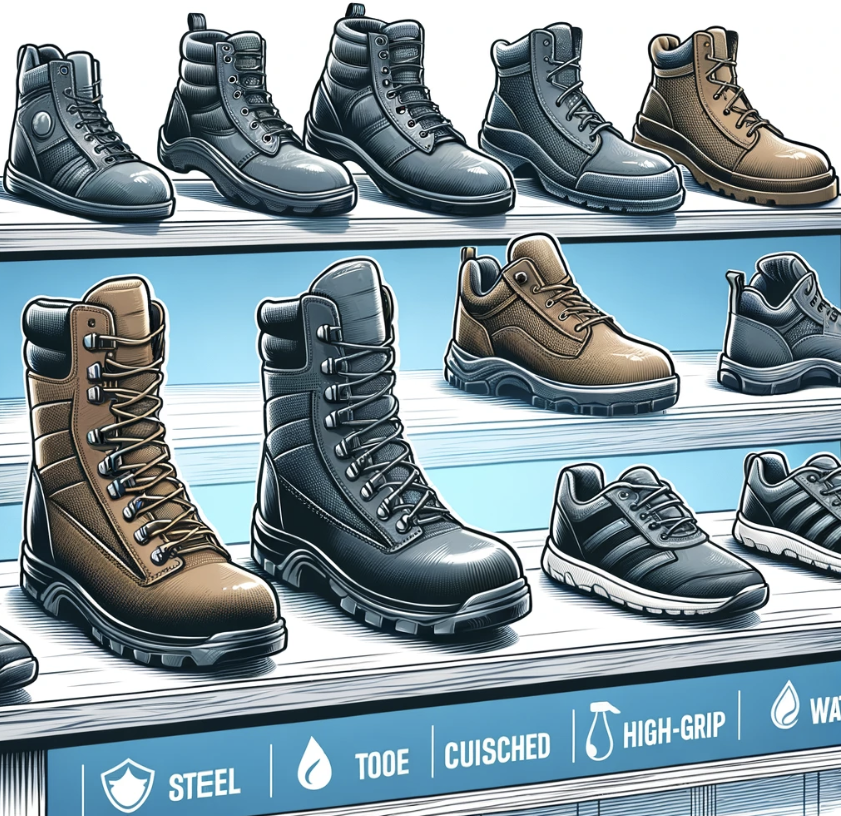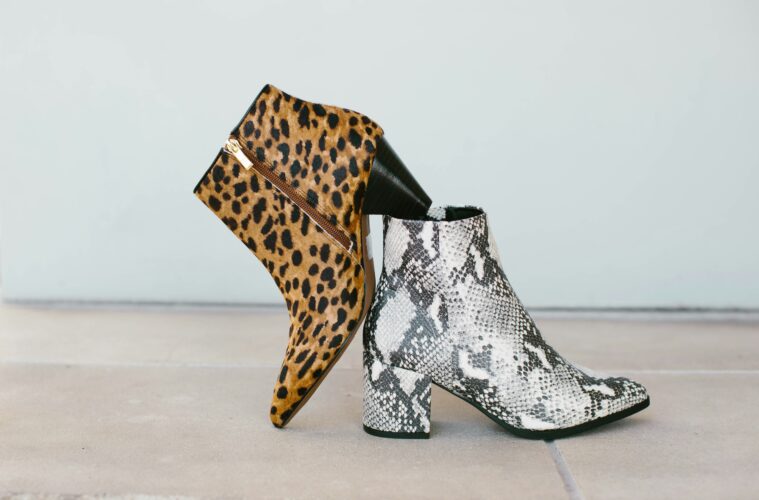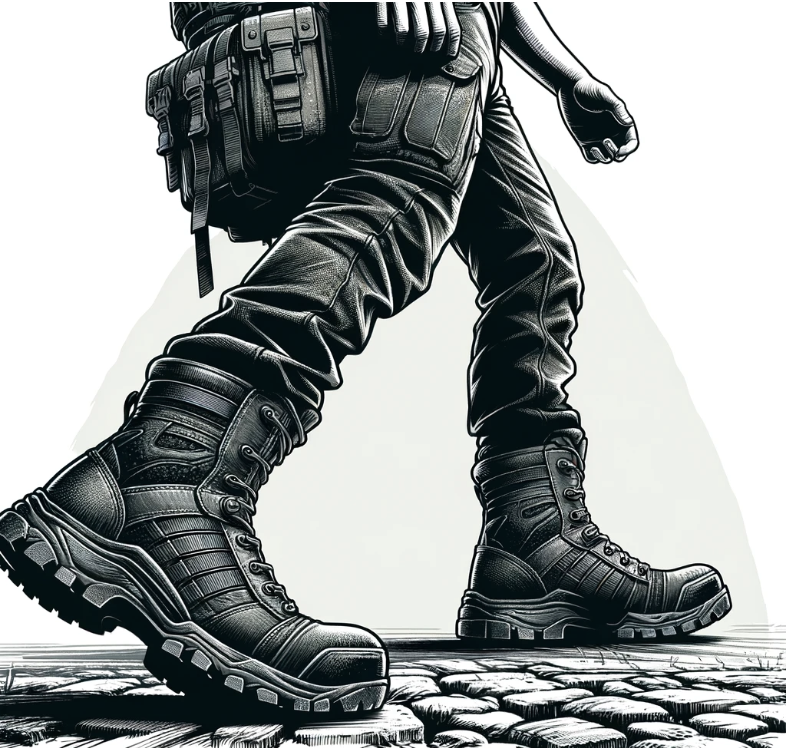For people who spend long hours on their feet, finding the right pair of boots is not just a matter of comfort but a necessity. The right footwear can make a significant difference in your day, affecting everything from your comfort level to your productivity and even long-term health. Whether you’re working in a demanding physical job or simply require durable and comfortable footwear, here are some key factors to consider when selecting the perfect boots.
Tactical Boots: A Blend of Comfort and Functionality
For many professionals, tactical boots are an excellent choice. Originally designed for military and law enforcement personnel, these boots are built for long hours and challenging conditions. They offer a unique combination of durability, support, and flexibility that is hard to find in other types of footwear. Tactical boots typically feature reinforced toe caps, ankle support, and cushioned insoles, making them ideal for those who spend extended periods on their feet. Moreover, their rugged design does not compromise on comfort, making them suitable for a wide range of activities and work environments.

Assessing the Required Grip Level
The level of grip is a critical factor in choosing the right boots. The nature of your work or daily activities will determine the kind of traction you need.
Factors to Consider for Grip:
| Work Environment | Suggested Grip Level |
| Slippery surfaces (e.g., wet floors) | High-grip, non-slip soles |
| Rough outdoor terrain | Deep tread patterns for enhanced grip |
| Indoor and light outdoor use | Standard grip with moderate tread |
Selecting a boot with the appropriate grip level ensures safety and stability, reducing the risk of slips and falls in various environments.
Comfort and Support: Non-Negotiable Features
Comfort and support are paramount, especially when you’re on your feet all day. Look for boots that offer good arch support and have cushioned insoles. The fit of the boot is equally important – it should be snug but not tight, allowing enough room to wiggle your toes. The material of the boot also contributes to its comfort; leather, for instance, offers durability and can mold to the shape of your foot over time, while synthetic materials might offer more breathability. Pay attention to the design of the ankle support as well, as this can prevent strains and injuries during long hours of standing or walking.
Water Resistance and Other Protective Features
Depending on your working conditions, you might need boots with additional protective features. Water resistance is a crucial aspect for those working outdoors or in wet conditions. Waterproof or water-resistant boots can keep your feet dry and prevent discomfort.
Additional Protective Features to Consider:
- Steel Toe Caps: Essential for protection in environments where there’s a risk of falling objects.
- Insulation: For working in cold conditions, insulated boots are vital to keep your feet warm.
- Breathable Material: For hot environments, boots with breathable material can help in keeping the feet cool and reducing sweat.
Importance of Sizing and Fit
A crucial aspect often overlooked when selecting boots is the importance of proper sizing and fit. Ill-fitting boots can lead to a host of foot problems, including blisters, corns, and even long-term injuries. It’s essential to get your feet measured professionally, as foot size can change over time. Also, consider the socks you’ll be wearing with the boots; thick socks might require going up a half size for a comfortable fit. Look for boots that offer adjustability, such as lacing systems, which can help to accommodate feet of different shapes and sizes. Moreover, trying on boots at the end of the day when your feet are likely to be at their largest can provide a better idea of the fit and comfort they will offer during long working hours.
Long-term Durability and Maintenance
In the quest for the right boots, long-term durability and ease of maintenance are factors that should not be underestimated. Look for boots made from high-quality, robust materials that can withstand the rigors of daily use. Leather boots, for example, are known for their durability, but they require regular maintenance, such as cleaning and conditioning, to keep them in good shape. Synthetic materials, on the other hand, might be less demanding in terms of maintenance. Additionally, consider the repairability of the boots; options with replaceable soles or parts can extend the footwear’s lifespan, making them a more sustainable and cost-effective choice in the long run.
Balancing Needs and Preferences
Finding the right boots for someone who is on their feet all day involves balancing various needs and preferences. From tactical boots that offer all-round performance to choosing the right grip level, comfort, support, and protective features, each aspect plays a significant role in selecting the perfect pair. Remember, investing in the right pair of boots is investing in your foot health and overall well-being, so take your time to assess your specific needs and make an informed choice.
Published by HOLR Magazine.



